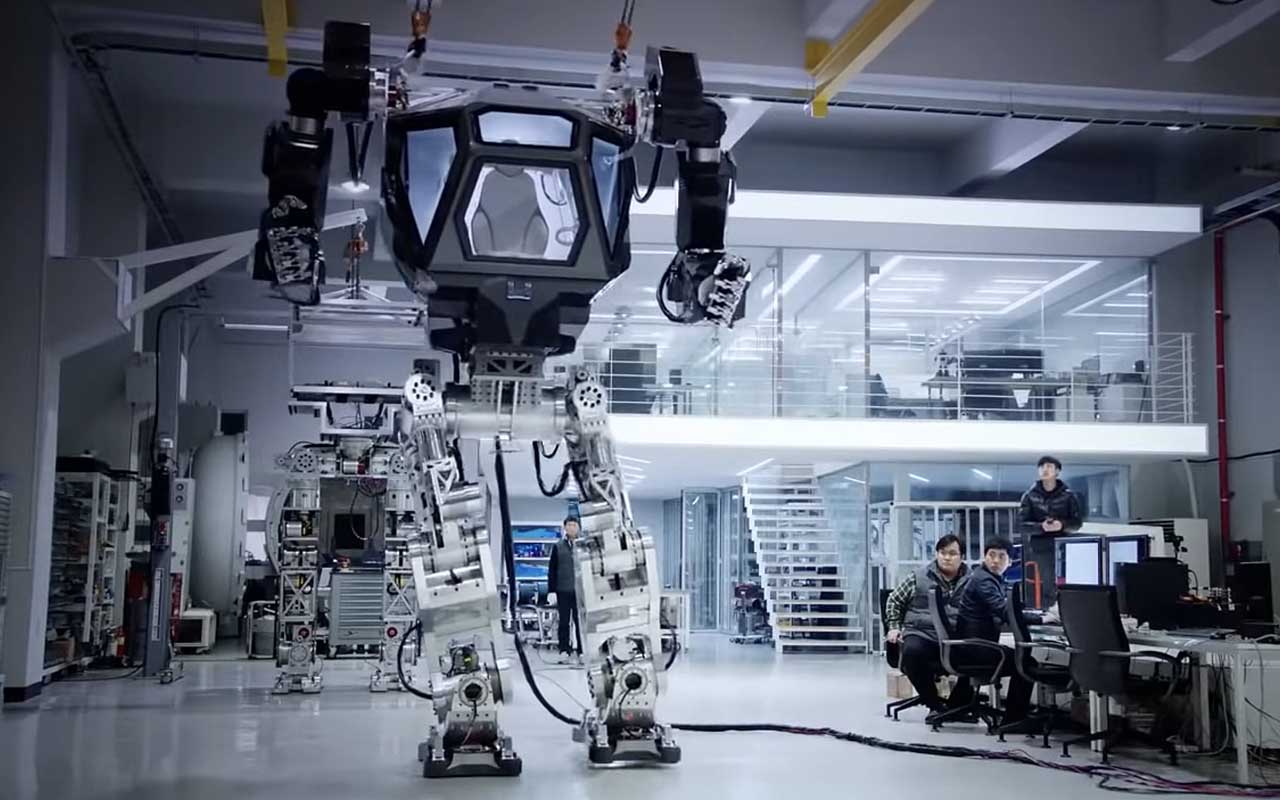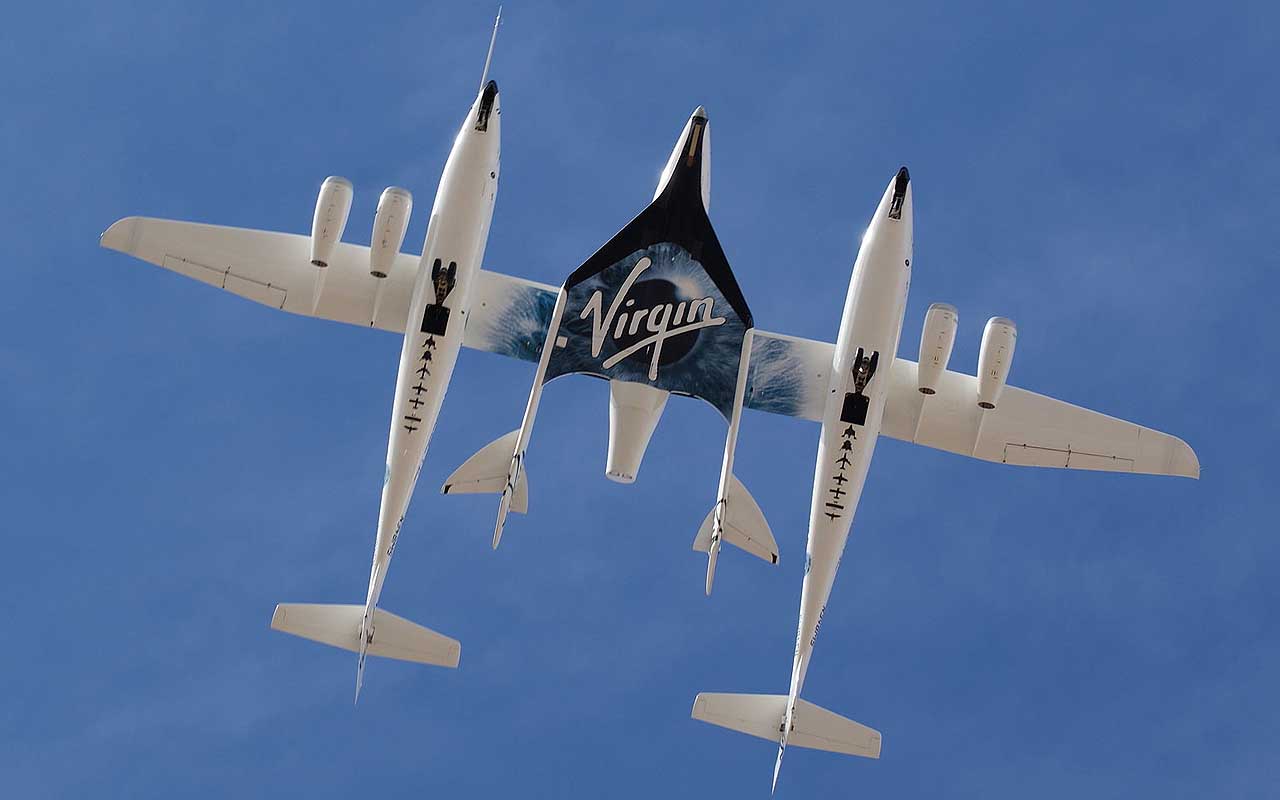It’s hard to believe that the movie Avatar was released almost a decade ago. The fantasy/science fiction film stole our imagination and broke countless box office records in 2010. Science fiction movies can sometimes be unreliable guides when it comes to predicting future trends but not Avatar. James Cameron’s highest grossing movie took more than a decade to become a reality.
Cameron first wrote the script for Avatar in 1994, claiming inspiration from the science-fiction books he read as a kid. In 1996 he announced the movie, and that it would begin production after the Titanic. However, the technological advances required to bring Cameron’s vision to the screen during the time was limited, forcing him to wait until 2007. The movie included groundbreaking animation and innovative technology that didn’t exist. Here, we are listing technologies that exist in real-life, some of which were inspired by the movie itself.
1. Giant Avatar-style robot takes first steps in South Korea.

In 2016, Vitaly Bulgarov, a veteran of science fiction blockbusters, designed and brought a manned-robot to life. The 13-foot robot known as Method-2, weighs 1.5 tons and can make the ground shake as it moves through the buildings. It bears a striking resemblance to the military robots starring in the movie “Avatar“. Hankook Mirae Technology, a South Korean robotics company, is credited with bringing this extraordinary machine to life. According to its company chairman Yang Jin-Ho, the robot is the world’s first manned bipedal robot and is built to work in extreme hazardous areas where humans cannot go unprotected.
The pilot is seated inside the robot’s torso and is equipped with sensors throughout the body. The sensors track the movements and relay the information to the robot, mimicking the actions. Although the robot is at its early stages of development and costs more than $200 million, the company is happy with its progress. The robot is expected to hit the market within the next two years and will cost approximately $8.3 million. (source)
2. Transparent Displays, that can also act as mirrors, were developed by Samsung using OLED technology.
In 2015, Samsung Display Co., Ltd. unveiled the industry’s first Mirror and Transparent OLED display panels. The technology can be used for personalized shopping and informational browsing, making it more visually engaging. The Samsung Mirror Display may also replace traditional home mirrors in the future. The display panels also have more than 75% reflectance level, exceptionally high contrast ratio and much faster response time than LCD transparent panels. (source)
3. The V-22 Osprey, an advanced tilt-rotor, is the most successful new combat system.

The V-22 Osprey and MV-22 Osprey are multi-mission aircrafts that are capable of vertical take-offs and landing (VTOL) capability. The advanced tilt-rotor aircrafts are also capable of tilting its rotors and flying like an ordinary aircraft. This allows pilots to land universally, at different places and conditions. The 38-foot rotor system and engine/transmission nacelle mounted on each wing tip are multi-functional.

According to the U.S. Navy, once airborne, the nacelles rotate forward 90 degrees for horizontal flight, converting them into a high-speed, fuel-efficient turboprop airplanes. The wings rotate for compact storage aboard ship. With the speed and range of a turboprop, and the maneuverability of a helicopter, the MV-22 can carry 24 Marine combat troops; twice as fast and five times farther than previous helicopters. The MV-22 also provides transport for White House staff as part of the HMX-1 presidential squadron based in Quantico, VA. (source)
4. Exopacks are oxygen filtering devices that are capable of separating oxygen from water. This allows divers to stay underwater for longer periods of time, eliminating the need for additional equipment.

In the movie, Avatar, only the Na’vi people are capable of surviving in Pandora. In order for humans to survive, devices known as exopacks were necessary, that filtered contaminants from the atmosphere and separated oxygen for breathing. The device actually exists in real-life. Companies such as Like-A-Fish and Scorkl manufacture underwater oxygen filtering masks that can easily filter oxygen from water. This eliminates the necessity for additional equipment. However, Snorkl only allows a user to stay as long as 20-30 minutes.
Like-A-Fish on the other hand, works on batteries and extracts air from seawater. Users can simply plug it in and use it for as long as the batteries last. The device could be a game changer since it can assist with rescue and recovery efforts. The inventor, Alon Bodner, started the project in 2001, and his technology is based on seawater compression. Since seawater only contains a limited amount of oxygen, the device utilizes a high-speed centrifuge to lower the pressure of seawater in a small sealed chamber. This allows the dissolved air to escape in gaseous form, which is transferred to an airbag for the diver to use. (source)
5. Levitation devices that are capable of keeping objects afloat without the need for external power.
So, the entire reason humans were on Pandora was apparently because of a new substance, called Unobtanium. The mineral is considered highly valuable and only found on the moon Pandora. It has the ability to save the Earth from its energy crisis and costs $20 million per 2.2 lbs. The metal is shown in the movies as something that floats on a magnetic levitation device. This device actually exists and can be achieved with the help of superconductors.
Superconductors are metals that can conduct electricity without any resistance. In order to make a superconductor, a material has to be cooled enough so that the resistance drops to zero. Magnets interact strangely with superconductors. When they are placed close to the superconductor, the magnet is repelled and so it rises up and away from them. At the same time, the electromagnetic field around the magnet will keep it from flying off. This is what causes the magnet to levitate. (source)
6. Handheld flamethrowers capable of blasting a stream of fire 25 feet from the user.

In Avatar, during the final scene, humans make their way through the jungle towards the sacred tree with the help of flamethrowers. Although flamethrowers have been around and used for decades, a team of experts have managed to make a handheld one. The XM42 flamethrower was created in 2015, that is capable of sending a stream of fire 25 feet from the user. Unlike the Boring Company flamethrower that was only able to eject 3 feet away, the XM42 is a fully functional handheld flamethrower. According to their official website, they are legal in 49 states and are made available to the public. (source)
7. Suborbital aircrafts that are capable of suborbital flights beyond the atmosphere.

In the movie, new recruits are brought to Pandora with the help of a suborbital aircraft called the Valkyrie. The fictional flight has actually become a reality since Virgin Galactic’s SpaceShip2 was successfully able to make a suborbital flight beyond the atmosphere. The suborbital aircraft is attached to the White Knight Two carrier aircraft, which carries the SpaceShip2 to an altitude of about 51,000 feet (15,550 meters). The aircraft is then detached, flown into Earth’s orbit and then safely back to the ground.
Virgin Galactic has been able to test their new design successfully and once operational, it can carry up to six paying passengers and two pilots on short, suborbital flights beyond the atmosphere. The tickets however, will cost around $250,000 per seat. (source)
8. Giant autonomous vehicles, capable of utilizing GPS to speed up work at mines.
In Avatar, Hell Trucks are used by the the workers to transport unobtanium from the mines back to the base. These trucks are so massive that an average human on Pandora is less than half the height of one of its tires. They exist in real-life! Miners opt for huge capacity trucks with greater operational efficiency. These big dump trucks are capable of hauling around 496 tons of payload per cycle. In order to increase efficiency, Komatsu, one of the biggest manufacturers of dump trucks, dumped the need for human assistance.
The new models are fully automated and capable of utilizing GPS to maneuver around the mines. They are also capable of traveling up to speeds of 40 mph with a payload of 230 metric tons. By ditching the cabin, designers were able to create a model that is equally balanced. They are also equipped with obstacle detection to eliminate any accidents. (source)
9. Technology that is capable of bringing back extinct species.

The technology of bringing extinct species, otherwise known as cloning, has existed for almost two decades. Scientists first tested out the technology in 1999, when they tried to create a bucardo, a wild goat. Before the last remaining goat was lost forever, scientists preserved its cells, which was then used to bring the goat back to life. After a series of failed attempts, the Franco-Spanish team were successfully able to replicate the species of goat with the help of another species of goat.
What scientists did was implant the extinct goat’s DNA onto a surrogate mother from other species. Finally, in 2003, one implant was successful and scientists performed a cesarean section to remove the clone. The excited scientists held the extinct species in their arms for no longer than 10 minutes, before it was gone. However, that was more than a decade ago. Today, with advancements in technology, scientists are able to perfect cloning and achieve results. In 2015, a couple spent $100,000 to clone their beloved dog. It was a success and the cloned dog gave birth to two puppies. (source)
10. Laryngophones, a contact microphone that absorbs vibrations directly from the wearer’s throat and translates it into audio signals.

In the movie, humans and the Na’vi wear special devices called Aircom Headsets around their necks, to establish communication. A company called iASUS makes it a reality. Their product utilizes a type of contact microphone, consisting of either one or two coin-sized transponders mounted on a strap. They are also connected to a radio or phone, and earphones. The transponder absorbs the vibrations generated by the larynx and turns them into electronic audio signals, thereby transmitting sound directly from the throat. This allows users to pass information even in the loudest circumstances, since the transponder absorbs signals directly from the larynx and eliminates any foreign sounds. (source)




